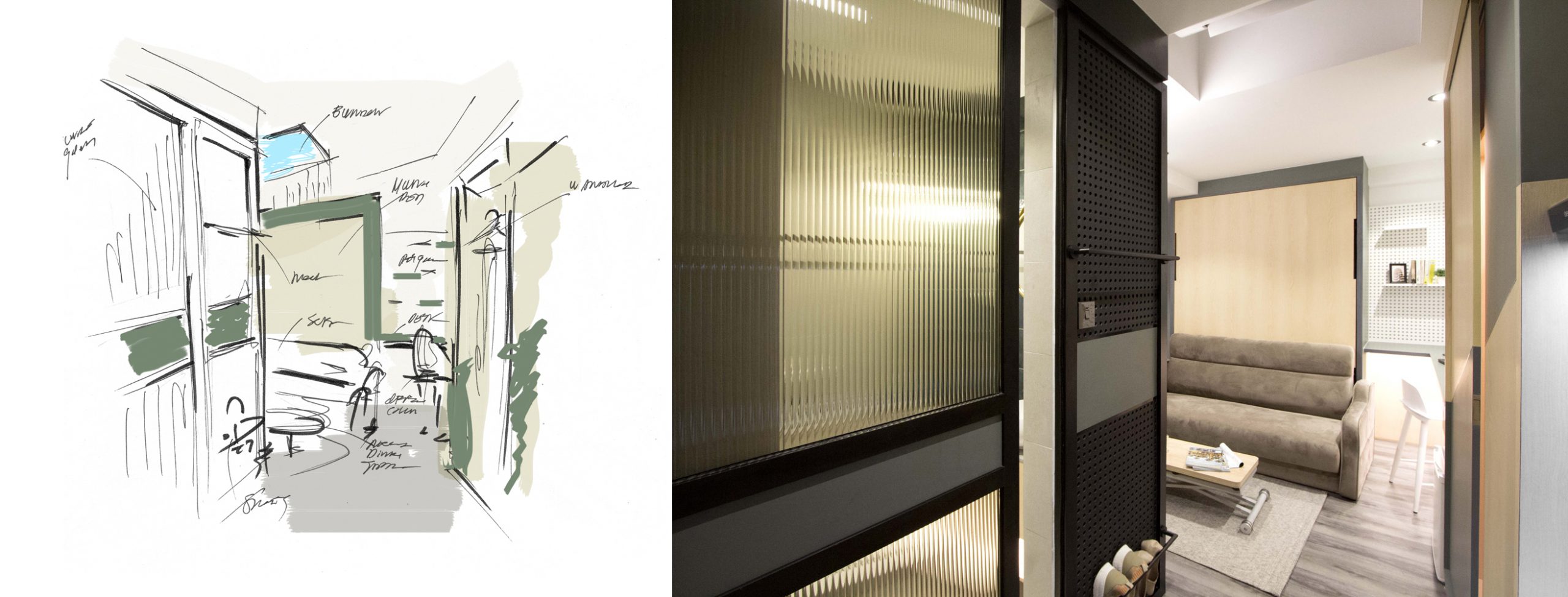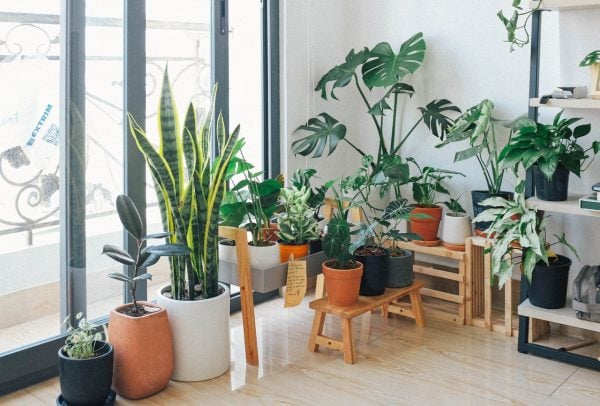It’s been nearly two years since the pandemic started, but it seems like there’s still no end in sight, especially as another variant comes our way. But if we were to list out the good things that have come out of the pandemic, one of them is how we have changed the way we use space.
How the pandemic has reshaped the way living spaces are designed and maximised
One notable thing the pandemic has changed is the way we use space. This is as more people are working and spending time at home. It is not just about the need for more space, but also reconfiguring the space to make it more conducive for everyone at home.
Making living spaces more conducive for work-from-home
An example of this is the prevalence of work-from-home setups, as we equip our homes with standing desks and ergonomic office chairs. In fact, when we first shifted to work-from-home at the start of the pandemic nearly two years ago, sales of home furnishings here have more than doubled.
Lorenzo Mariani, Creative Director of LHN Group, notes that with hybrid work, better lighting and ergonomic furniture are essential design factors in creating a conducive environment for long working hours and virtual meetings.
Coupled with the dwindling sizes of apartments in recent years, incorporating space-saving furniture has become more essential. He explains that in designing Coliwoo, LHN’s co-living concept, the approach is to re-create a self-sufficient micro-apartment based on functions that are essential to their renters.
“Once we have identified the room sizes, we study in-depth the layouts to maximise the space and provide the best experience possible that meets functionality. In designing Coliwoo, we have been following what SOHO/studio units do in providing a self-sustainable environment with everything one needs within a room.”

Incorporating natural elements to improve wellbeing
Given the increasing amount of time spent indoors due to safe distancing measures, Lorenzo shares that it is important to have green features in the living space.
“For instance, having more plants in and around living spaces with well-ventilated and open green areas, and the use of natural materials like wood rather than concrete and steel, can impart a better sense of wellbeing.”
Likewise, over the last couple of years, we have seen more and more people pick up home gardening and share their fruits of labour online. (Looking for some tips for your home garden? Check out this article.)

Moving forward, biophilic design, which refers to the concept of connecting building occupants with nature, is set to be a key design trend in 2022 as well, as highlighted in various articles on the topic (such as this Architectural Digest article and this Straits Times article).
Focusing on sustainability
Another thing that the pandemic has brought a spotlight on is sustainability. Moving forward, the use of sustainable materials and eco-friendly products such as solar panels and water-saving taps will be more common in the living environment.
But these green fixtures are not the only things that make a space more sustainable.
Lorenzo points out that accessibility and convenience play a part as well. For instance, for Coliwoo @ Keppel’s central location, easy access to public transport and status as a mixed-use development help contribute towards a lower carbon footprint as people do not have to travel as much.
“Our approach has always been to enhance and value-add to the existing condition of the building, minimising construction wastage and pollution,” he adds. “We pay attention to solutions that maximise sunlight, calibrate air flows in the room and use materials from sustainable and reliable sources.”
Overcoming the supply chain disruptions
Like many in the property-related industries, Lorenzo shares that LHN faced a number of issues with the supply chain and delivery of materials.
The company had incorporated design solutions that did not compromise on materials to work around this. This included using materials that were readily available, instead of waiting for them to be delivered.
Interior design trends to expect in 2022
For Lorenzo, the biggest interior design trend in 2021 has been the transformation of the home space into the home office. This is especially seen in “small spaces where a hybrid of functions had come together to meet the new demand during the pandemic.”
Whether it’s remote work or study, there is a necessity to change the way we use our space at home, given the limited floor area available.
“Hence, each area within a home space is designed with interchangeable functions, so that they can be easily converted to the workspace when needed.”
Space-saving solutions
Coming into 2022, he expects to see more space-saving solutions to overcome the lack of space.
This is as houses will continue to get smaller, especially given Singapore’s limited land supply and rising land cost.
Rise of wellbeing and sustainable solutions
On top of the work-from-home trend, Lorenzo foresees the rise of wellbeing-related and health-conscious solutions, “where natural elements cohabit with artificial fixtures in the most sustainable way.” He adds that there will also be a continued focus on sustainable solutions and climate-conscious fixtures that help reduce carbon footprint, without compromising on comfort and quality.
And in the long run, he believes the adoption of smart devices, such as smart controls, AI-driven appliances and robo-furniture, will become more mainstream.
Tips on how homeowners can maximise their living space
Lorenzo suggests that using space-saving or multi-functional furniture can significantly help in maximising space.
One example of this that we have seen gaining popularity in recent years is the platform bed, providing more storage space for the occupants.
View this post on Instagram
“Vertical space that is often left empty such as walls or the back of the door could also be utilised smartly to create extra space.”
At the same time, keep to the essentials and focus on the functionality. Whichever the design trend is, do not overdo it.
As Lorenzo puts it, “Over-decorating and designing are common mistakes that many designers commit by imposing a heavy mark on the space — such an approach will eventually not age well.”
Which of these interior design trends will you be adopting? Let us know in the comments section below or on our Facebook post.
If you found this article helpful, 99.co recommends URA’s revitalisation plan proposal contest for these integrated malls – What does it mean if you’re house-hunting? and 9 questionable HDB rules you probably didn’t know about.
Looking for a property? Find the home of your dreams today on Singapore’s fastest-growing property portal 99.co! If you would like to estimate the potential value of your property, check out 99.co’s Property Value Tool for free. Meanwhile, if you have an interesting property-related story to share with us, drop us a message here — and we’ll review it and get back to you.
The post From multi-functional spaces to biophilic design: How the pandemic has reshaped the way we use the living space appeared first on 99.co.

